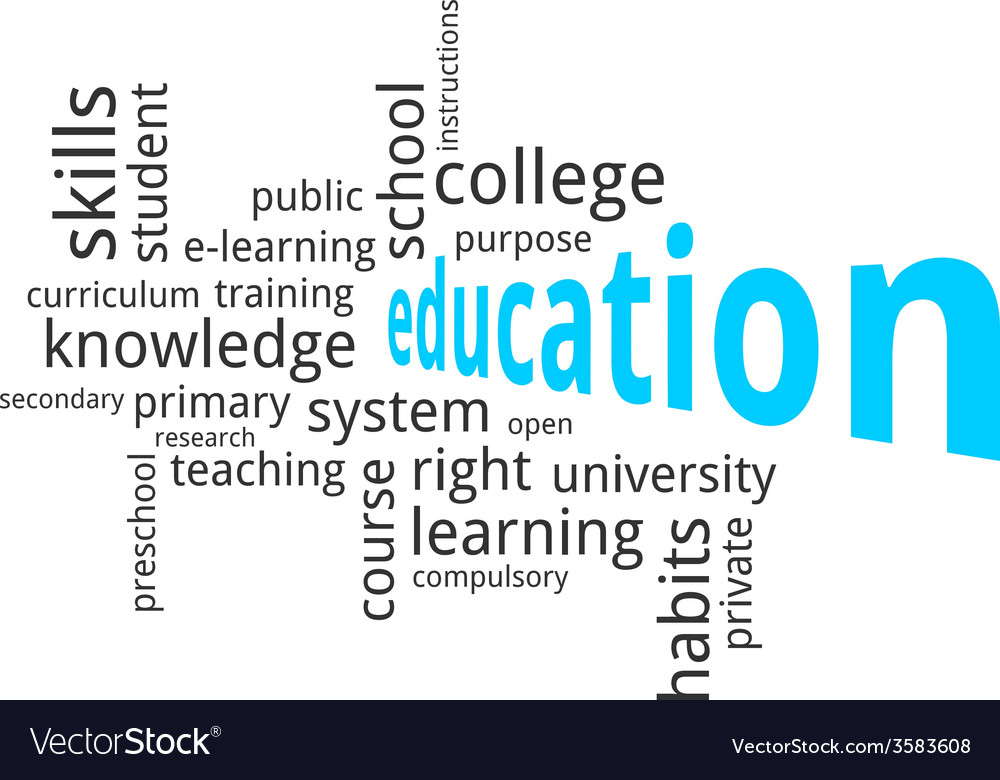Free OpenGift
by Maria Strange
Reading about Openness in Education as a device for democratising education, it was enlightening to read the 2012 Paris OER Declaration and the Hewlett Foundation White Paper on Open Educational Resources.
I was overwhelmed by the discovery of the vast quantity of Open Educational Resources available in the form of YouTube subscription channels, university MOOCs, TED talks, Akhan Academy, IATED Talks, OpenLearn, FutureLearn, Coursera, Blogs, MIT, Slide Share, Geoogle Google Scholars, Duolingo, WikiEducator, OER Foundation, etc. I was quite enthusiastic to find out in the paper ‘State of the Commons’ that, ‘People are sharing with CC licenses in 34 languages with more than 90 million views of CC’s deeds in the last 10 years’.
However, when I learnt that the Ethnologue Catalogue recognises 7,099 languages spoken nowadays and that the world population is 7.45 billion, according to the Population Institute (PI), you cannot blame me if my enthusiasm suddenly deflated. Thomas Friedman claims: ‘the World is flat’ implying that is OPEN that connectivity and collaboration reaches everywhere, anywhere. I began to wonder if the world is really connected to all these educational resources, and if the individuals and institutions are really acknowledging this educational flatness.
My worry was tackling languages, cultures and way of living. I was pleasantly surprised to find out about Open Translations and the work of volunteer translators. I discovered how many OER providers have implemented translation resources to help with the huge task at hand. I found out that MIT Open Course Ware uses OCW Translation Affiliate Program like Universia for Spanish translations. Open University delivers the OT12 MOOC about Open translations and also runs the TESSA project for Africa and TESS-India. TED talks employ the Open Translation Project through Amara Organisation, a charitable platform to facilitate the translation of video transcripts. Global Voices uses GV Lingua, WikiEducator (Español), etc. Open Translations function on the bases of crowdsourcing and validation.
However, ‘OER initiatives’ still occupies a dominance position similar to a provider selecting the content in offer for the user. I started to understand why OERs need to move away from the English centred approach to avoid imposing its own cultural discourse. We all know how discourses can influence social practices.
